A Sea Turtle is any one of seven different species of marine turtles. These large reptiles live in the ocean, and only come ashore to lay their eggs.
Researchers place six of the Sea Turtle species in the Cheloniidae family, and the seventh species in the Dermochelyidae family. They place all seven in the superfamily Chelonioidea. Read on to learn about the Sea Turtle.
Description of the Sea Turtle
While each species of turtle is slightly different from the next, the vast majority share a few major characteristics. They have long paddle-like front flippers, and short rear flippers. All but the leatherback species have hard, oval-shaped shells to protect them from attack.
The smallest species measures just 2 ft. long and weighs about 80 lbs. at the smallest. Conversely, the largest species regularly measures up to 6 ft. long or more. The heaviest recorded individual weighed over 2,000 lbs. and measured nearly 9 ft. long!
Interesting Facts About the Sea Turtle
These creatures are incredible animals. Learn more about what makes this group of species so unique below.
- Seven Seagoers– The seven different species of Sea Turtle are as follows; the Flatback Turtle, Leatherback Turtle, Kemp’s Riley Turtle, Olive Ridley Turtle, Green Turtle, and Hawksbill Turtle.
- Critical Creatures – Every single species in this group face some level of threat due to human interaction. The IUCN lists the Olive Ridley and Leatherback species as Vulnerable. They also list the Green species as Endangered, and the Hawksbill and Kemp’s Ridley as Critically Endangered. They list the final species, the Flatback, as Data Deficient.
- Super Seafaring– It isn’t uncommon for these aquatic reptiles to travel incredibly long distances. In fact, researchers recorded one leatherback turtle travelling 12,774 miles over the course of two years. They placed a satellite tag on the turtle when she laid her eggs and recorded her travelling to her feeding grounds off the coast of Oregon.
- Nesting Necessity – While not all species have quite the same dedication, most female Sea Turtles return to the same area as their birth to lay their eggs. Some even return to the exact same beach that they were born on!
Habitat of the Sea Turtle
This group of reptiles lives only in saltwater habitats. In fact, once they enter the ocean as hatchlings, they do not return to land for many years. Males never leave the ocean at all!
Each species prefers different types of habitats. Some live primarily in shallow coastal waters while others roam throughout the open ocean in search of food.
Distribution of the Sea Turtle
Each species has its own unique distribution and range. Most live across relatively large regions and migrate to nesting locations. The various species live in the Atlantic Ocean, Pacific Ocean, Indian Ocean, Mediterranean Sea, and more.
Diet of the Sea Turtle
Different species have different dietary preferences. Some species are carnivores and eat mostly fish and invertebrates. Others are herbivores and eat mostly plants, and some are omnivores, and eat both plants and animals.
Some of the different things that the various species eat include sea grass, jellyfish, shrimp, crabs, sponges, sea urchins, squid, small fish, and more. Turtles in different regions feed on different types of prey based on what is available in that area.
Sea Turtle and Human Interaction
Human interaction is highly detrimental to all seven species in a number of different ways. Humans directly hunt many different species for their meat and shells, and also collect and eat their eggs. People also accidentally strike them with boats and ships, often killing or seriously maiming them in the process.
Climate change and pollution also impact these creatures in a number of different ways. They invertebrates and sea grasses that many species feed on die off due to pollution or changes is sea temperatures and acidity. Their reproduction also faces danger due to climate change, because temperature impacts incubation.
People’s activity on beaches also causes problems for these reptiles. When humans dig holes in the sand or leave garbage on the beach the hatchlings become trapped or entangled, making them easy pickings for predators.
Light pollution also disorients young hatchlings, who usually find the ocean using the reflection of the moon on the water. This causes them to move away from the ocean and into traffic and other hazards.
Domestication
Humans have not domesticated these reptiles in any way.
Does the Sea Turtle Make a Good Pet
No, Sea Turtles do not make good pets. The vast majority grow quite large, which makes it difficult to house them properly. They also have quite complicated dietary needs. Finally, in most places it is illegal to own these creatures as pets.
Sea Turtle Care
Sometimes people find injured wild turtles. When this occurs, zoos and aquariums usually house and treat the wild turtles until they are healthy enough to return to the ocean. For animals that cannot survive in the wild, many zoos and aquariums also provide permanent homes as well.
The zoos and aquariums house these reptiles based on their size and health. Hatchlings and very sick turtles live in smaller pools and tanks to avoid drowning or injury. Healthier individuals live in large tanks with plenty of space to swim and explore. Zookeepers vary their diet based on the species, usually under the direction of a veterinarian.
Behavior of the Sea Turtle
These reptiles are solitary and spend their lives alone. Their usual behavior involves swimming about in search of food, and riding currents to migrate long distances. Some species can make impressively deep dives in search of food as well.
In some species, vast numbers do accumulate during the breeding season. However, outside of mating their interactions are not social. In fact, many females jostle for the best nesting location on the beach.
Reproduction of the Sea Turtle
The exact reproductive rates vary from species to species. Most species do not begin breeding until they are several years old. Some don’t begin breeding until they are 20 or 30 yrs. or more!
All species dig their nests on sandy beaches and lay their eggs in a hole in the sand. Clutches range from an average of 50 eggs to an average of 100 eggs or more depending on the species. In all species, the hatchlings dig themselves out of the nest and use the light of the moon to find their way to the ocean.


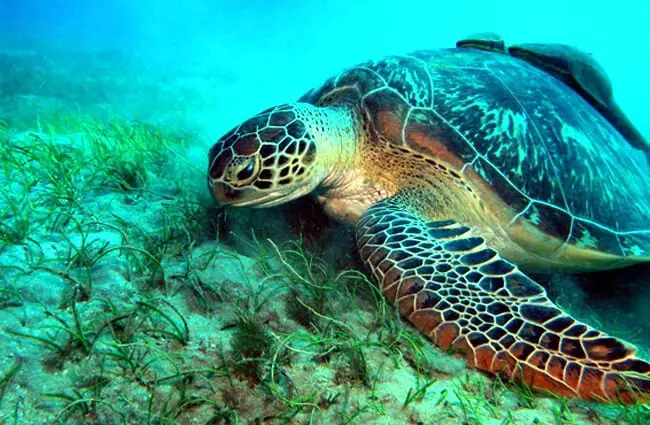

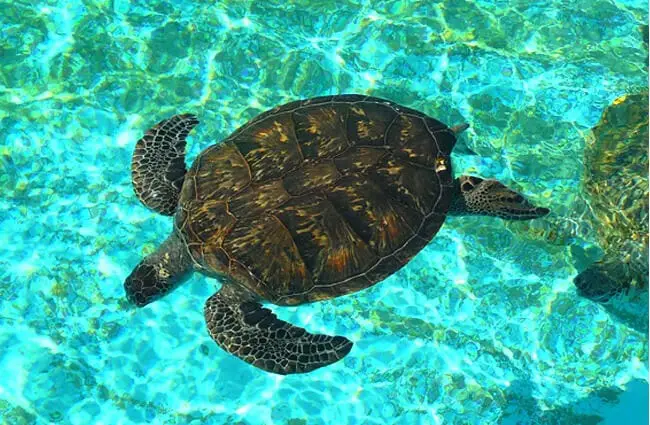
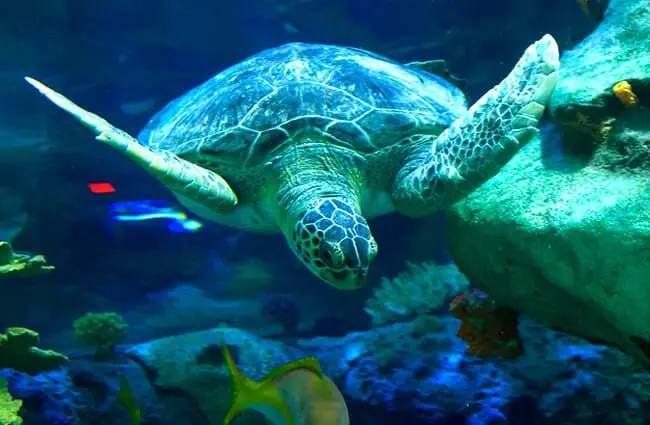

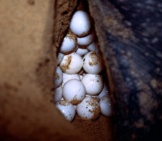
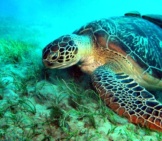
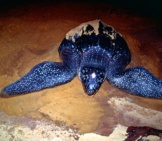
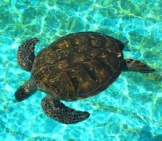

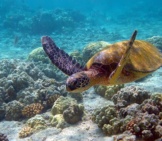
![Red Angus Closeup of a beautiful Red Angus cowPhoto by: U.S. Department of Agriculture [pubic domain]https://creativecommons.org/licenses/by/2.0/](https://animals.net/wp-content/uploads/2020/03/Red-Angus-4-238x178.jpg)





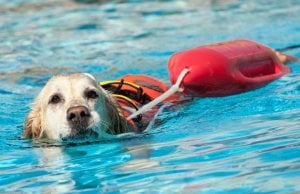






![Red Angus Closeup of a beautiful Red Angus cowPhoto by: U.S. Department of Agriculture [pubic domain]https://creativecommons.org/licenses/by/2.0/](https://animals.net/wp-content/uploads/2020/03/Red-Angus-4-100x75.jpg)

